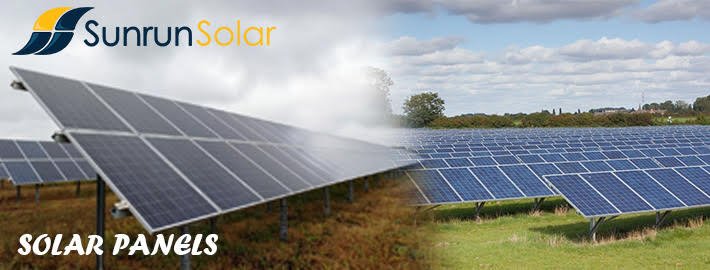Are you considering purchasing a solar panel for your roof? For that, you’ll have to define “Rooftop Photovoltaic Power Station” or “Rooftop PV System.” It’s a photovoltaic system with electricity-generating Solar Panels Melbourne-wide installed on a residential or commercial building or structure roof.
Here, let us look at all of the important factors to consider when sizing a solar PV system.
1) Solar Panel Load Sizing
Calculate the total number of watt-hours in a day: This is determined by calculating the total daily watt-hours used by various appliances.
After that, Calculate the total Watt-hours per day that the solar modules can produce:
Multiply the total daily watt-hours by 1.3. This is the total amount of power that the Solar Panels would have.
2) Solar PV Array sizing
Sizing a Solar PV module: The Total Watt-hours to be output per day by the Solar modules were determined in the previous phase. Calculate the location’s average daily peak sun hours. Divide the cumulative performance that the Solar PV system is expected to produce by the regular peak sun hours. This gives you an estimate of the array size in KWh. To calculate the solar panels’ power output, multiply this value by the solar panels’ efficiency factor.
To figure out how many panels you’ll need, divide the total Watt-hours, you’ll need by the PV modules’ rated power output. This gives you the amount of PV modules you’ll need.
3) Solar Inverter Sizing
The DC output from the Solar Panels is converted to usable AC power by the Solar Inverter. As a result, sizing the Solar Inverter is critical to ensure proper conversion.
The power of the inverter is measured in Watts. The watt rating of the inverter should be equal to or greater than the watt rating of the solar PV system.
When it comes to appliances like engines, the size of the inverter should be at least three times the power of the appliance. This is to deal with the surge current that occurs when certain types of appliances are turned on. The input rating for grid-tied systems should be the same as the PV array rating to ensure safe and efficient operation.
4) Solar Charge Controller Sizing
The capacity of the Solar Charge Controller is measured in Amps and Volts. Select a Solar Charge Controller that matches the PV Array and Battery Voltage. Ascertain that the solar charge controller can handle the current produced by the solar PV system.
Conclusion
The proper sizing of a solar PV device ensures that the system produces the maximum amount of energy for the user’s needs. If you are interested in installing a Residential Solar Panels Perth, find out the most efficient agency to assist you in determining the correct solar sizing. Because solar panels could be your big investment and you would not want to face a failure during or after the process. Choose the quality product as well as the service to get the best out of it in the future.



